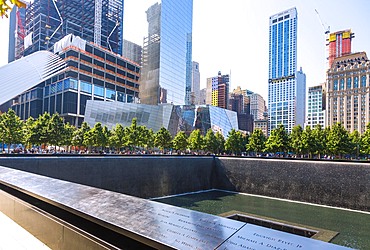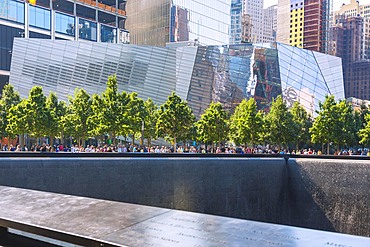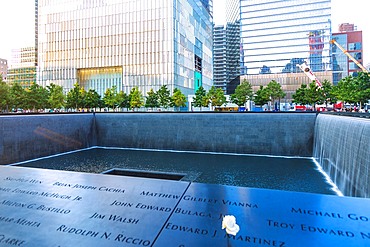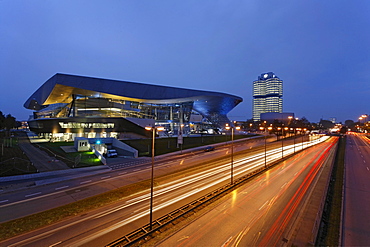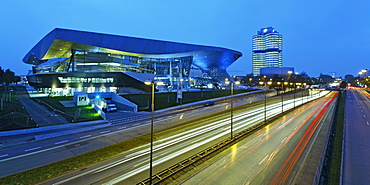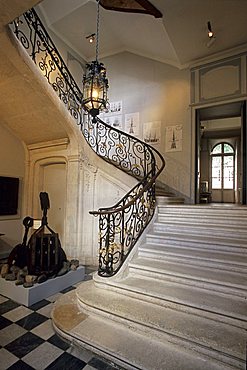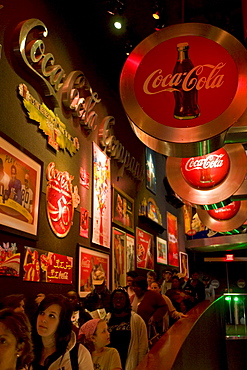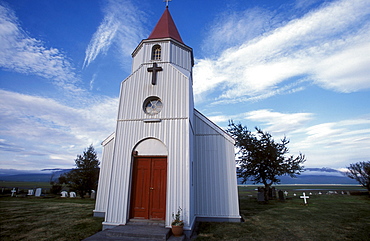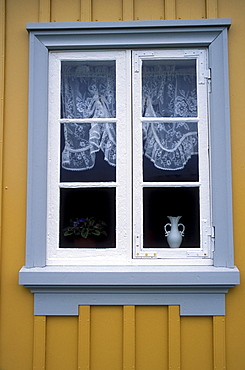Results
2 results found
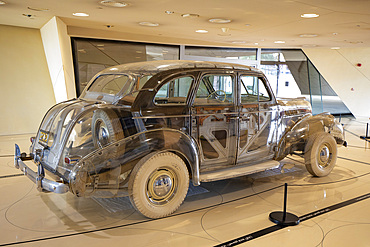
Transparent Car (The Ghost Car), built in America by General Motors for the 1939 New York World's Fair, National Museum of Qatar, Doha, Qatar, Middle East
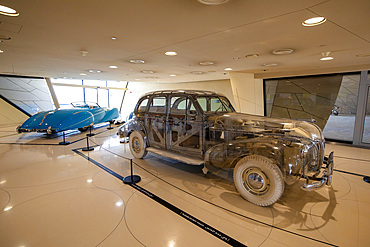
Transparent Car (The Ghost Car), built in America by General Motors for the 1939 New York World's Fair, National Museum of Qatar, Doha, Qatar, Middle East
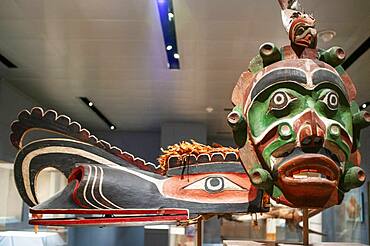
Yagim Mask at the Metropolitan Museum of Art, New York, USA. Yagim Mask, 1920-25 Vancouver Island, British Columbia. Wood, paint. George Walkus (kwakwaka'wakw, ca 1875-1968). A furtive aggressive sea creature known as Yagim was part of the dramatic Tseyka performance cycle, which took place during the dark winter when life on the North West coast moves largely indoors
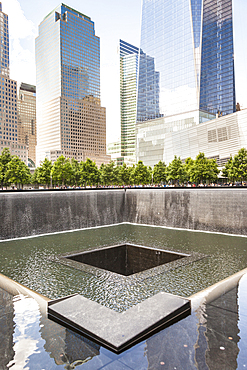
One of the two waterfalls at National September 11 Memorial, World Trade Center, Manhattan, New York City, New York, USA
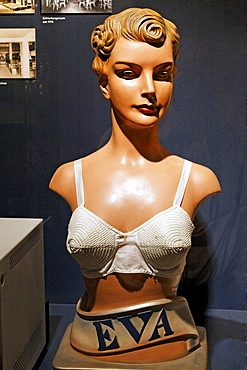
Female mannequin in a bra from around 1925, Eva brand, new Ruhr Museum, UNESCO World Heritage Site Zeche Zollverein, Essen, Ruhrgebiet region, North Rhine-Westphalia, Germany, Europe
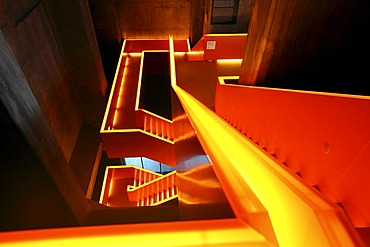
Red illuminated main staircase in the new Ruhrmuseum museum, opened in January 2010, Capital of Culture year, in the former coal washing plant of the Zeche Zollverein mine, World Heritage Site, Essen, North Rhine-Westphalia, Germany, Europe
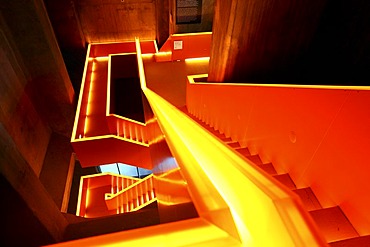
Red illuminated main staircase in the new Ruhrmuseum museum, opened in January 2010, Capital of Culture year, in the former coal washing plant of the Zeche Zollverein mine, World Heritage Site, Essen, North Rhine-Westphalia, Germany, Europe
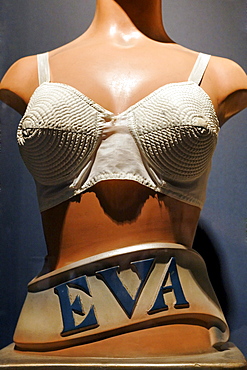
Female mannequin in a bra from around 1925, Eva brand, new Ruhr Museum, UNESCO World Heritage Site Zeche Zollverein, Essen, Ruhrgebiet region, North Rhine-Westphalia, Germany, Europe
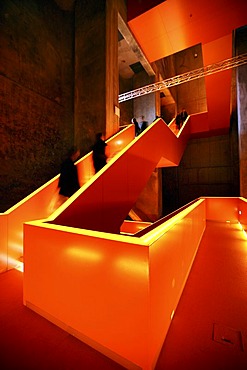
Red illuminated main staircase in the new Ruhrmuseum museum, opened in January 2010, Capital of Culture year, in the former coal washing plant of the Zeche Zollverein mine, World Heritage Site, Essen, North Rhine-Westphalia, Germany, Europe
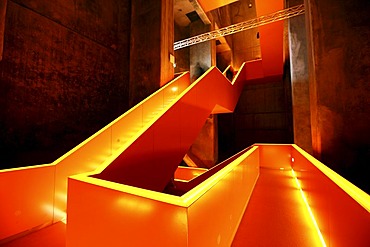
Red illuminated main staircase in the new Ruhrmuseum museum, opened in January 2010, Capital of Culture year, in the former coal washing plant of the Zeche Zollverein mine, World Heritage Site, Essen, North Rhine-Westphalia, Germany, Europe
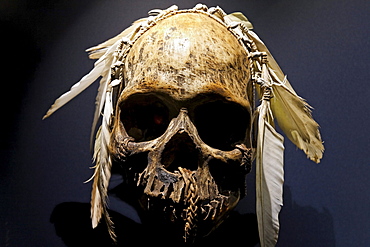
Skull from South America decorated with feathers, new Ruhr Museum, UNESCO World Heritage Site Zeche Zollverein, Essen, Ruhrgebiet region, North Rhine-Westphalia, Germany, Europe
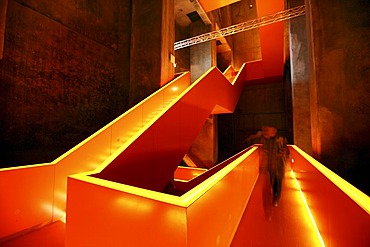
Red illuminated main staircase in the new Ruhrmuseum museum, opened in January 2010, Capital of Culture year, in the former coal washing plant of the Zeche Zollverein mine, World Heritage Site, Essen, North Rhine-Westphalia, Germany, Europe

Illuminated staircase in the former coal washing plant, new Ruhr Museum, UNESCO World Heritage Site Zeche Zollverein, Essen, Ruhrgebiet region, North Rhine-Westphalia, Germany, Europe

Young miner with cap, embroidery on a flag, new Ruhr Museum, UNESCO World Heritage Site Zeche Zollverein, Essen, Ruhrgebiet region, North Rhine-Westphalia, Germany, Europe

Illuminated staircase in the former coal washing plant, new Ruhr Museum, UNESCO World Heritage Site Zeche Zollverein, Essen, Ruhrgebiet region, North Rhine-Westphalia, Germany, Europe
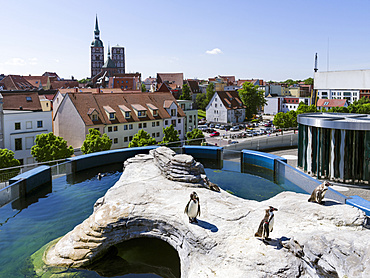
Ozeaneum, a museum dedicated to oceans, a new architectural icon and landmark of Stralsund, Humboldt Penguins on the roof of the museum. The Hanseatic City Stralsund. The old town is listed as UNESCO World Heritage. Europe, Germany, West-Pomerania, June
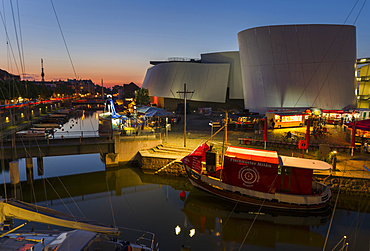
Ozeaneum, a museum dedicated to oceans especially the Baltic and the North Sea, a new architectural icon and landmark of Stralsund The Hanseatic City Stralsund. The old town is listed as UNESCO World Heritage. Europe, Germany, West-Pomerania, June
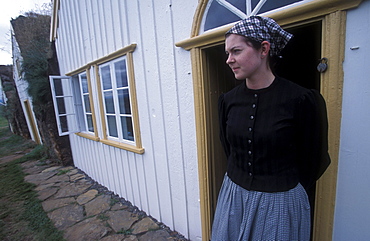
Museum employee in period costume in front of an historic turf building at Glaumbaer, northcentral Iceland. An important discovery was made in Glaumbaer in 2001: the homestead of Thorfinn Karlsefni, the father of the first European born in the New World. This find has important implications for Viking history.
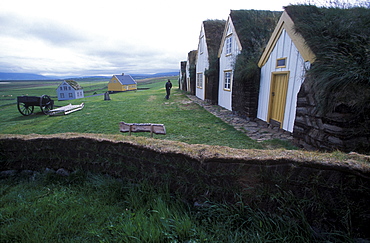
Historic turf buildings at Glaumbaer, northcentral Iceland. An important discovery was made in Glaumbaer in 2001: the homestead of Thorfinn Karlsefni, the father of the first European born in the New World. This find has important implications for Viking history.
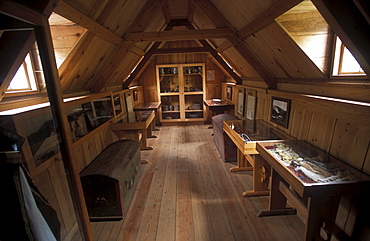
Intyerior of an historic turf building at Glaumbaer, northcentral Iceland. An important discovery was made in Glaumbaer in 2001: the homestead of Thorfinn Karlsefni, the father of the first European born in the New World. This find has important implications for Viking history.
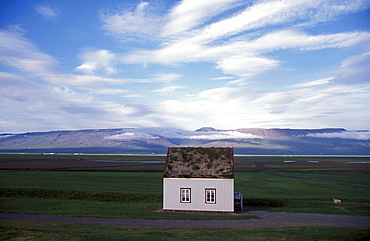
Historic building at Glaumbaer, northcentral Iceland. An important discovery was made in Glaumbaer in 2001: the homestead of Thorfinn Karlsefni, the father of the first European born in the New World. This find has important implications for Viking history.
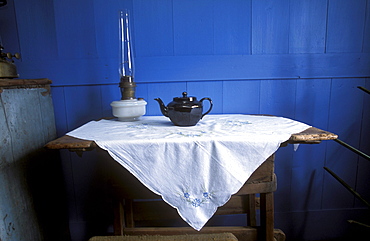
Interior scene in an historic building at Glaumbaer, northcentral Iceland. An important discovery was made in Glaumbaer in 2001: the homestead of Thorfinn Karlsefni, the father of the first European born in the New World. This find has important implications for Viking history.
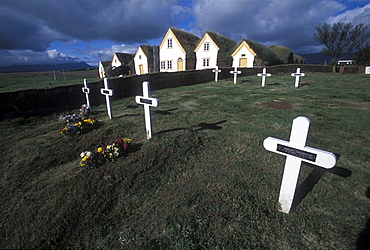
Historic turf buildings at Glaumbaer, northcentral Iceland. An important discovery was made in Glaumbaer in 2001: the homestead of Thorfinn Karlsefni, the father of the first European born in the New World. This find has important implications for Viking history.
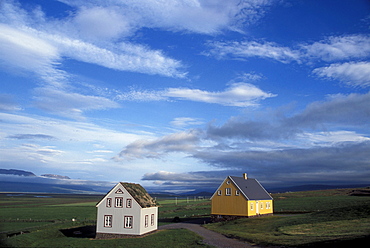
Historic buildings at Glaumbaer, northcentral Iceland. An important discovery was made in Glaumbaer in 2001: the homestead of Thorfinn Karlsefni, the father of the first European born in the New World. This find has important implications for Viking history.
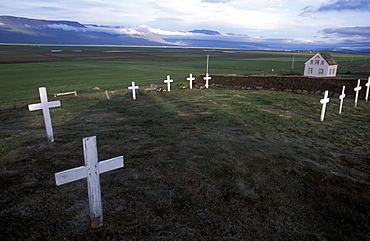
Cemetery at Glaumbaer, northcentral Iceland. An important discovery was made in Glaumbaer in 2001: the homestead of Thorfinn Karlsefni, the father of the first European born in the New World. This find has important implications for Viking history.
